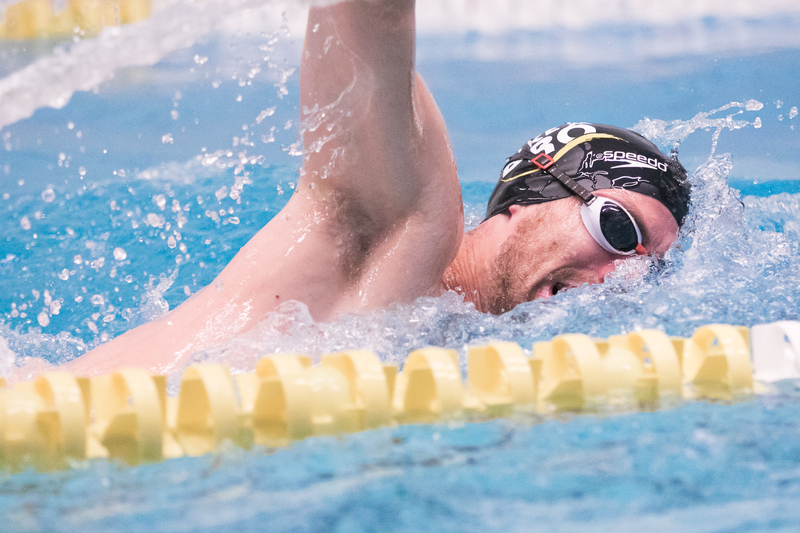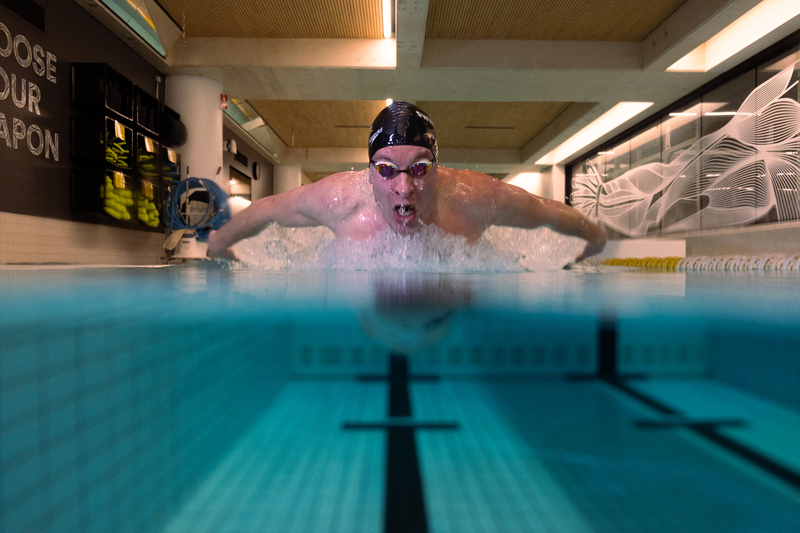Swimming blog - BREATHING HOW & WHEN TO BREATHE
One of the great myths in swimming is that we need to hold our breath while swimming. The other is that we should blow all our air out. In this blog we will explain why both is disadvantageous and how to breathe in the various strokes and stay as cool as a cucumber while doing so.
There is a biological reason why we want to hold our breath when swimming, and it’s called the mammalian diving reflex. It is triggered when the face, and specifically the nostrils, enter water. It is more noticeable in cold water. The response of the body is to hold the breath and divert oxygen from limbs and muscles to vital organs, like the heart and brain.
Not very effective if we want to use those limbs and muscles in the act of swimming. This is the reason why many beginners are short of breath and can swim very limited distances, no matter how fit and active they are on land.
Our body needs oxygen but we need to short circuit the diving reflex by learning to breathe out while swimming to stay relaxed.
The opposite of this is blowing everything out. If you have done yoga or meditation, you will know that one becomes light headed when all the oxygen is exhaled and the lungs completely filled with the next breath. This type of breathing in swimming will lead to hyperventilation and a very long inhalation moment. This is also not effective for swimming longer distances.

So how should we tackle this thorny issue? By regulating how much we breathe out when while swimming.
Let’s look at each stroke individually and start with the stroke that seems the least likely to have an issue. The backstroke. Having the face out of the water seems like a no brainer, just breathe. But the thing is that water does stream over the face at the pull-through and so the brain will tend to want to hold the breath. So, here too, we need an effective breathing strategy. We recommend a strong puff of air out of the mouth on every second pull-through. So the puff happens in time with just one arm’s pull-through.
The easiest stroke to breathe is the breaststroke. Exhale into the water as your face returns to the water and keep blowing easily out while the face is in the water. Due to the stop-start nature of the stroke and how quickly we take the next breath, this allows us to stay relaxed while swimming the hardest stroke.
In butterfly we exhale two short puffs of air. These short puffs each represent approximately 25% of our available air. The first puff happens as the face returns to the water and the second is on the last part of the pushout at the back of the stroke. These exhalations will keep us relaxed but also keep the core muscles activated.

In freestyle we employ varying techniques of blowing out depending on our breathing rhythms. If we breath once every second stroke, then we blow out once as the face returns to the water. This puff represents 40-50% of the available air.
If we are breathing once every third stroke, then we exhale two short puffs of air at every hand entry. Each puff represents approximately 25% of our available air.
These exhalation techniques will not only allow you to stay relaxed while swimming but also reduces frontal drag by up to 9% as the bubbles pass underneath the body at exhalation. All great swimmers let out air as their faces return to the water, so should you.
Many reasons to breathe out while swimming.
